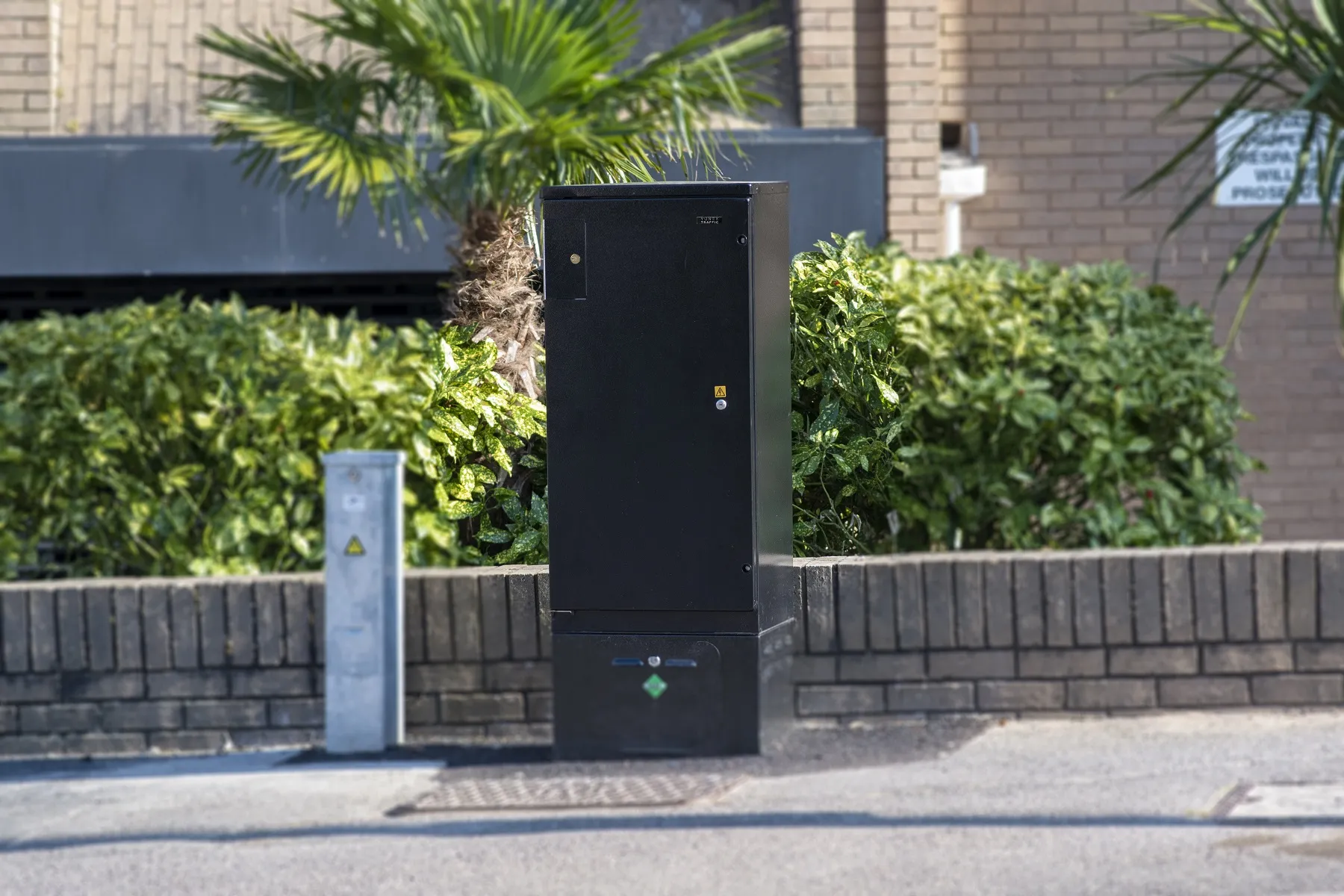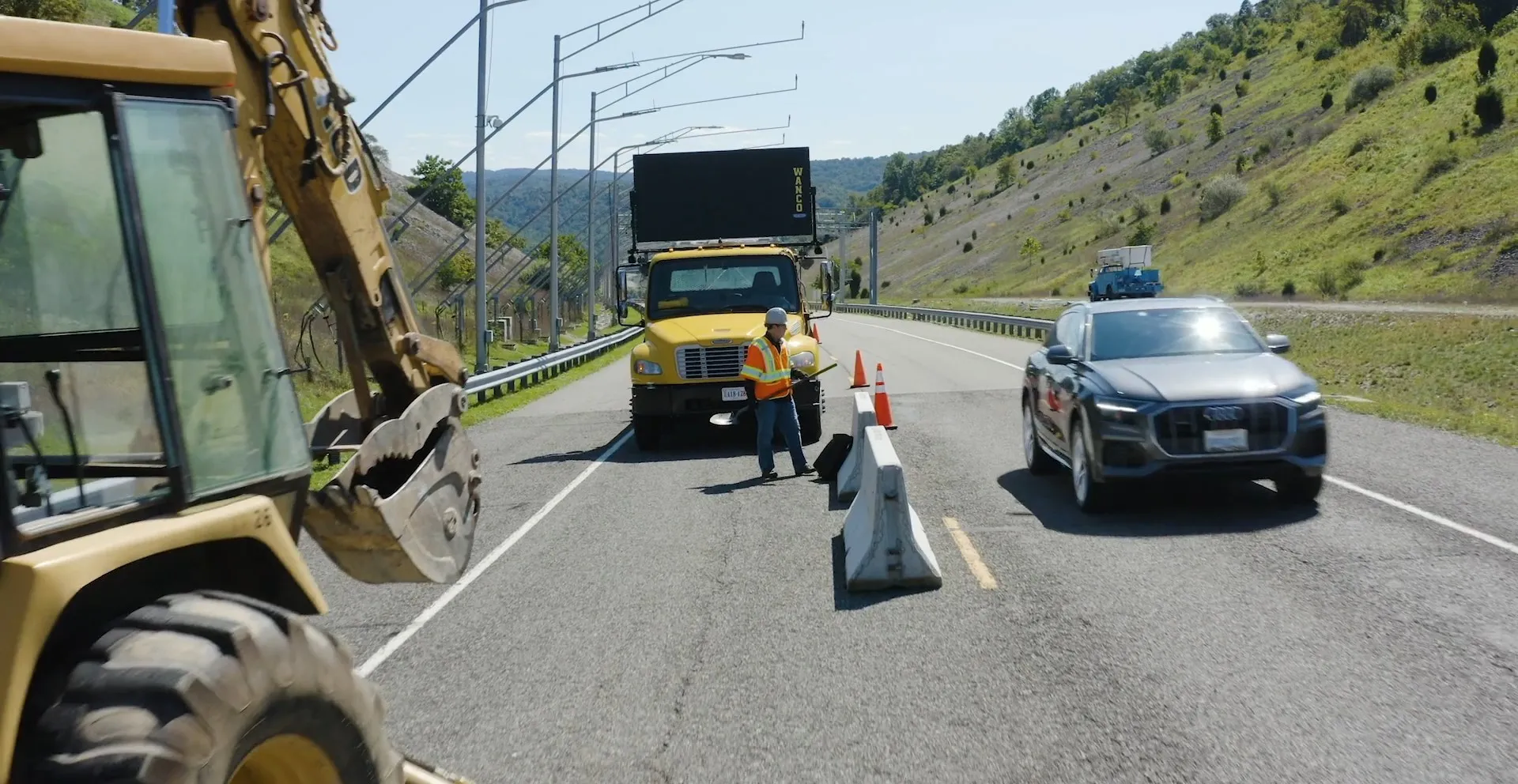US wireless solutions supplier Intuicom is to supply the city of Superior, Colorado, with the communications infrastructure for its new advanced traffic management system (ATMS) network.
June 1, 2017
Read time: 1 min
US wireless solutions supplier Intuicom is to supply the city of Superior, Colorado, with the communications infrastructure for its new advanced traffic management system (ATMS) network. The deployment will facilitate connectivity and advanced integration of the town’s existing traffic management network with the pending upgrade to a centrally-managed ATMS.
The new wireless communications solution will service both Superior and dozens of intersections its shares with the Louisville, Colorado.









